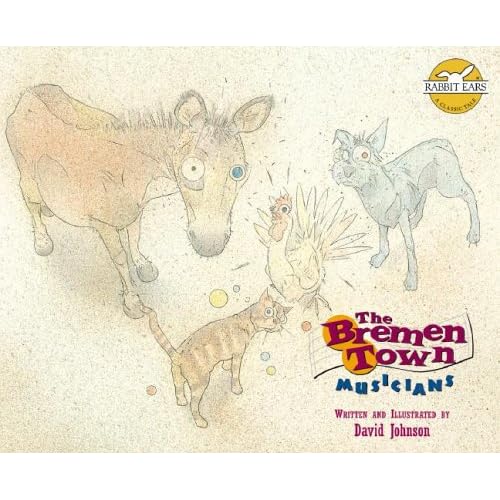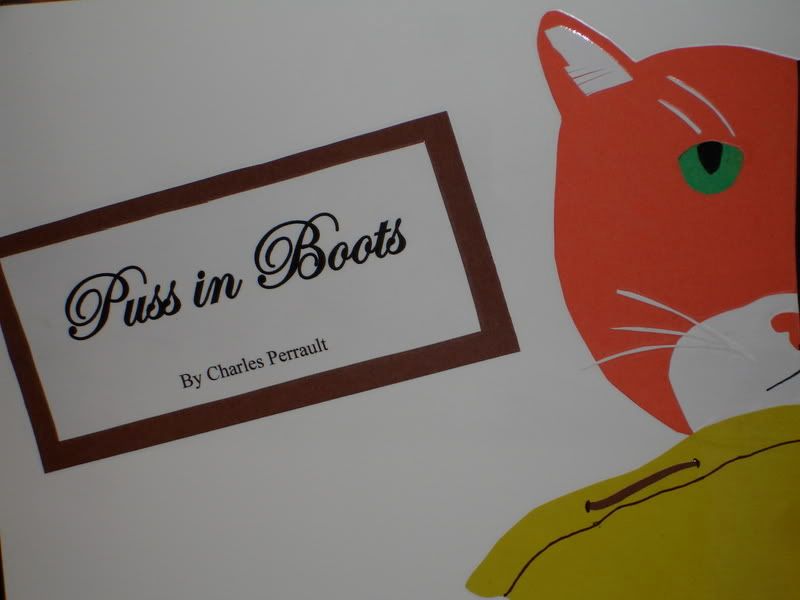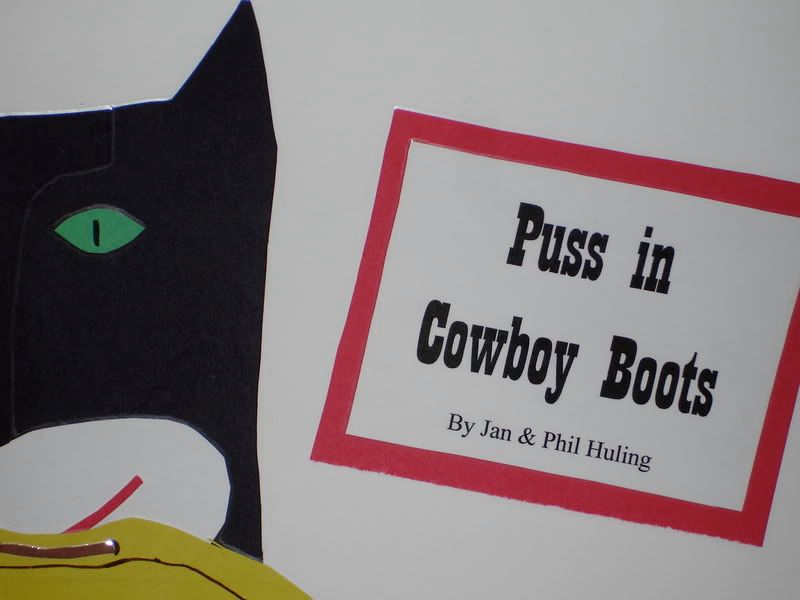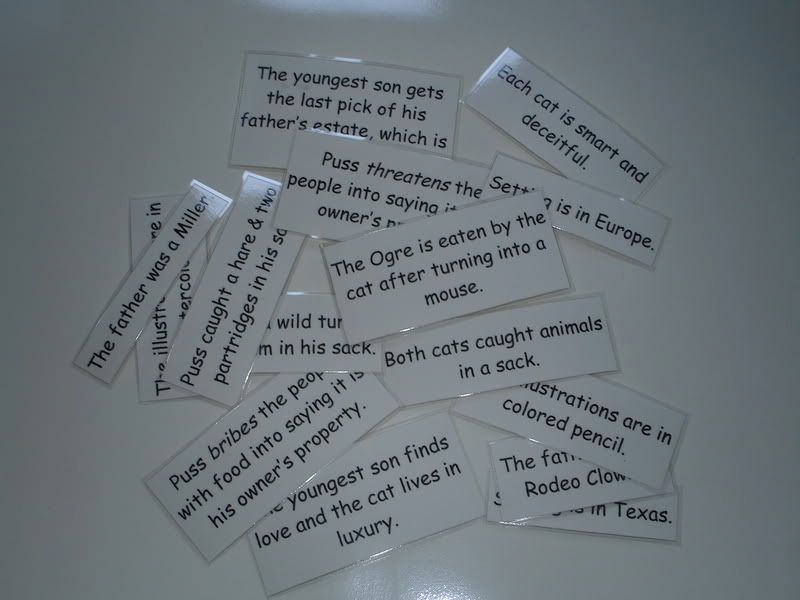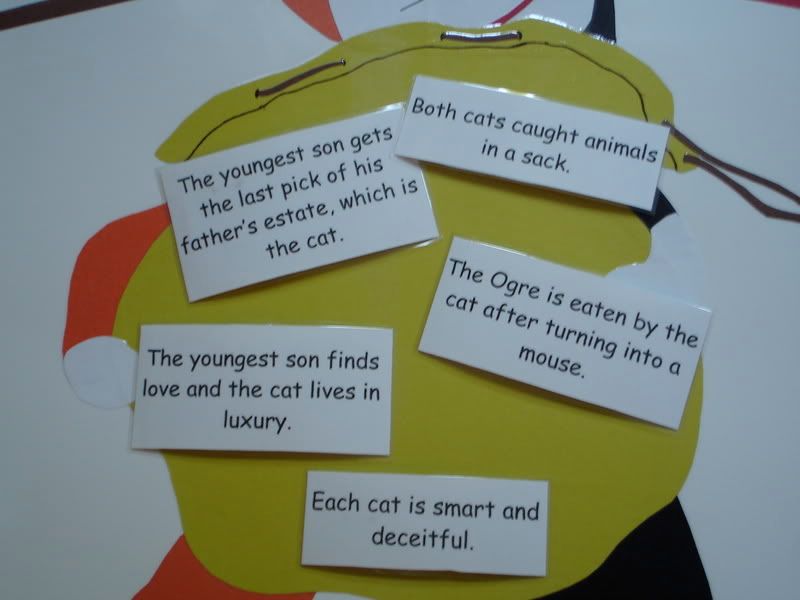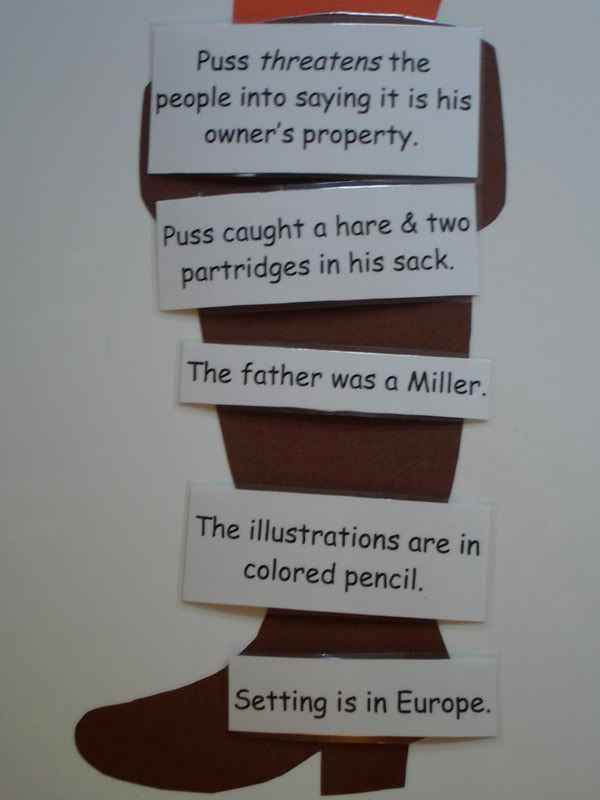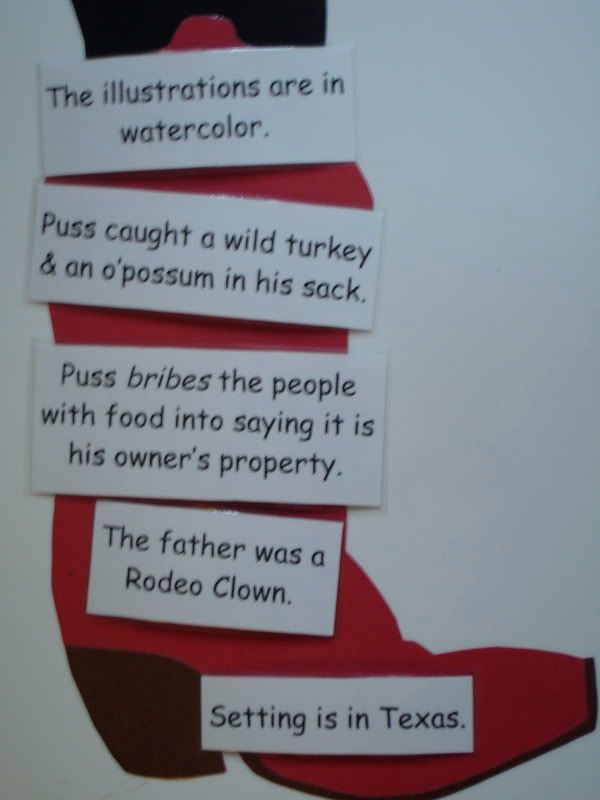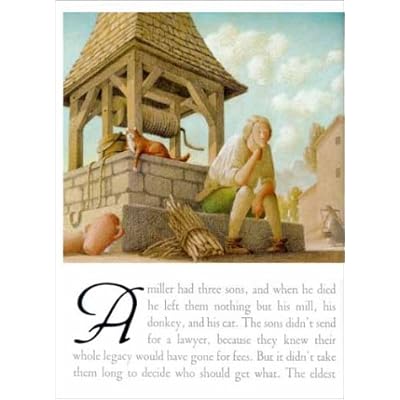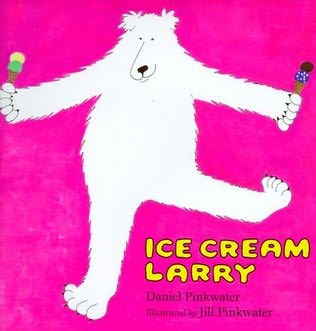
Author: Pinkwater, Daniel
Illustrator: Pinkwater, Jill
Publisher and Date: Marshall Cavendish, 1999
Genre: Picture Book
Age Range: K-2nd
Summary: This is about a polar bear named Larry who spends the night in an ice-cream shop named Cohen’s Cones. Mrs. Cohen is the owner of the ice-cream shop and let Larry sleep in the freezer because he said he was warm and she thought he wouldn’t eat any of the ice cream. Larry eats two hundred and fifty pounds of ice cream, but says that he does not feel sick. Mildred’s father pays for the ice cream Larry ate, as well as the almond crunch cones that Larry and Mildred got as they left the ice-cream shop. A man by the name of I. Berg comes to the hotel where Mildred and her family live, and asked for Larry. Mr. Berg is the owner of Iceberg Ice-Cream Company and meets with Larry, Mildred, and her father about Larry coming with him to Baltimore, Maryland where his ice cream factory is. Larry goes to visit the factory, and wouldn’t talk about what he did while he was there to Mildred or her parents. Larry and Mr. Berg continued meeting with one another, looking at sheets of paper and talking. One day Mr. Berg comes to the hotel with a large plastic foam box full of ice creams bars, each with a picture of Larry on the wrapper. They were called Larry Bars and came in vanilla, chocolate, strawberry, blueberry, artic almond, bearberry, polar pineapple, and codfish. Mr. Berg also had posters made and a billboard, all of which had Larry on them with their new slogan, “I do not feel sick!” written on them. Larry became a celebrity and the spokesbear for the Iceberg Ice-Cream Company. In return for his work, Larry received a new walk-in freezer in his room and fifty Larry Bars each day.
Response: I really enjoyed this book and actually was able to use it for another class in relation to a health lesson. It is somewhat obvious that I related it with nutrition, but I really like how easy it has been for me to find books like these that will go across so many other subjects. Relating the book to another subject can help the students relate to it better because they have already learned the material, or they will be able to relate to the material more after having read the book.
I liked how simple and lighthearted the story was. The illustrations are simplistic as well and the colors used by Pinkwater are vibrant and cheerful. Using a bright color scheme allows for a younger reader to stay interested in the book since what they mostly look at is the pictures.
Teaching Ideas: Have students to participate in a “Live Pyramid”. On the floor, mark a pyramid out on the floor using duct tape, dividing the pyramid into the food groups as displayed on the My Pyramid. Give each student a different photograph of a food out of the ones discussed in class earlier in the lesson. Examples of those foods may be: grapes, beans, fish, bread, milk, ice cream, celery, pork, etc. Students will then place themselves, one by one, into the food group where they think they belong and explain why they chose that food group. Encourage other students in the class to help one another place themselves in the correct group.





